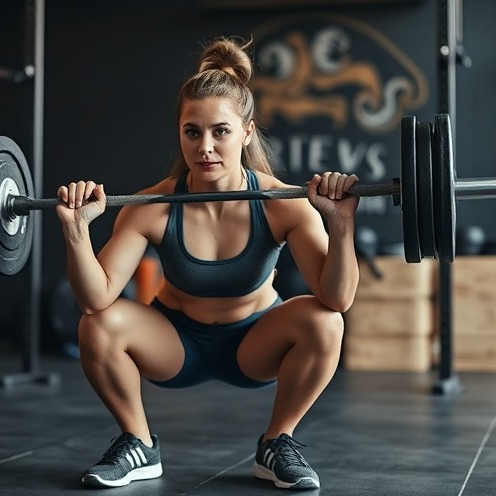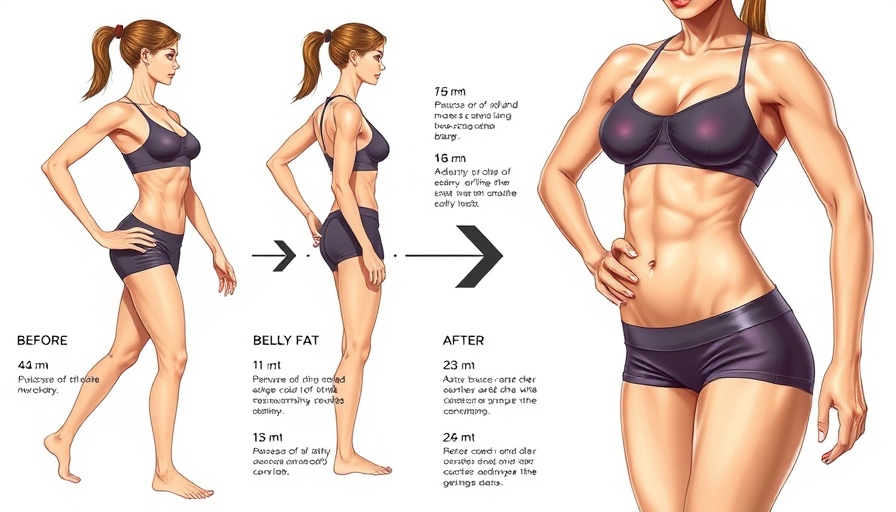
Understanding the Importance of Squats
For many fitness enthusiasts, squats are more than just another exercise; they're a fundamental movement that everyone, regardless of body type or fitness level, can incorporate into their routine. However, there remains considerable debate on how squats should be performed. The reality is that different individuals have varying anatomical structures, which dictate how they can best squat.
Squatting: A Fundamental Movement
The squat is not merely an exercise; it serves as a cornerstone for athletic performance and overall wellness. Researchers and fitness professionals emphasize that the squatting ability should be understood through the lens of individual differences. Length of limbs, hip socket depth, and even past injuries play crucial roles in determining how someone should squat.
Challenges in Standardization: Why Individuality Matters
From elite athletes to gym-goers, the mechanics of squatting can differ vastly. A standout observation made by researchers is that there is no universal stance, foot angle, or depth that applies to all individuals. Factors like femoral neck angles and skeletal structure substantially influence one’s squatting ability. This recognition of anatomical diversity is essential as it helps inform better training practices and individual recommendations.
Myths vs. Reality: What the Science Says
Common myths about squatting techniques persist, even in professional environments. For example, it’s often said that knees should never travel beyond the toes during a squat—a claim that is frequently debunked by studies revealing no substantial risk in allowing forward knee movement. In fact, restricting this natural movement can lead to increased strain elsewhere, particularly in the hips and lower back.
Leveraging Strength Training: The Types of Squats
Different squat types can engage various muscle groups effectively. Studies indicate that while front squats may recruit slightly more quadriceps, back squats are optimal for activating the glutes and hamstrings. Therefore, individuals should feel empowered to explore variations that feel strongest for their unique biomechanics, rather than adhering to a one-size-fits-all paradigm.
Four Categories of Squat Variations You Should Consider
1. **Narrow vs. Wide Stance**: A wider stance can enhance glute and adductor activation. On the other hand, a narrow stance may better engage the quads. 2. **Toe Positioning**: Both parallel and externally rotated toes can result in effective squats; the best choice ultimately depends on comfort and individual strain patterns. 3. **Depth of Squat**: Whether an athlete squats to parallel or below may depend on their hip structure, and forcing unnecessary depth could cause injury. 4. **Bar Position**: Whether performing a low-bar or high-bar squat can impact which muscles are primarily activated. Understanding these variables can greatly improve lifting effectiveness.
Fitness Training Insights: Moving Beyond Conventional Limits
The cumulative knowledge gained from contemporary research indicates that effective squatting must tackle individual anatomical and biomechanical factors without forcing uniformity. This understanding allows personal trainers and athletes to create tailored workout regimens that prioritize personal comfort, safety, and performance.
Actionable Insights for Your Squat Routine
It's essential to personalize squatting techniques based on your unique anatomy. During your next leg workout, assess your stance width, depth, and foot positioning while being attuned to comfort levels. Consider finding a knowledgeable trainer who understands the nuances of squat mechanics, as this can dramatically enhance your experience and results.
The Takeaway: Embrace Your Unique Squat
The bottom line is clear: Everyone can and should squat, but each person will do it in a manner that is unique to their body. Understanding your own mechanics and approaching squats mindfully will not only improve your fitness journey but also contribute to healthier movement patterns long-term.
Join the conversation! Share your squat journey or ask questions about optimizing your performance. The fitness community benefits from a collective understanding of how individual experiences can lead to a more inclusive approach to training.
 Add Row
Add Row  Add
Add 




Write A Comment